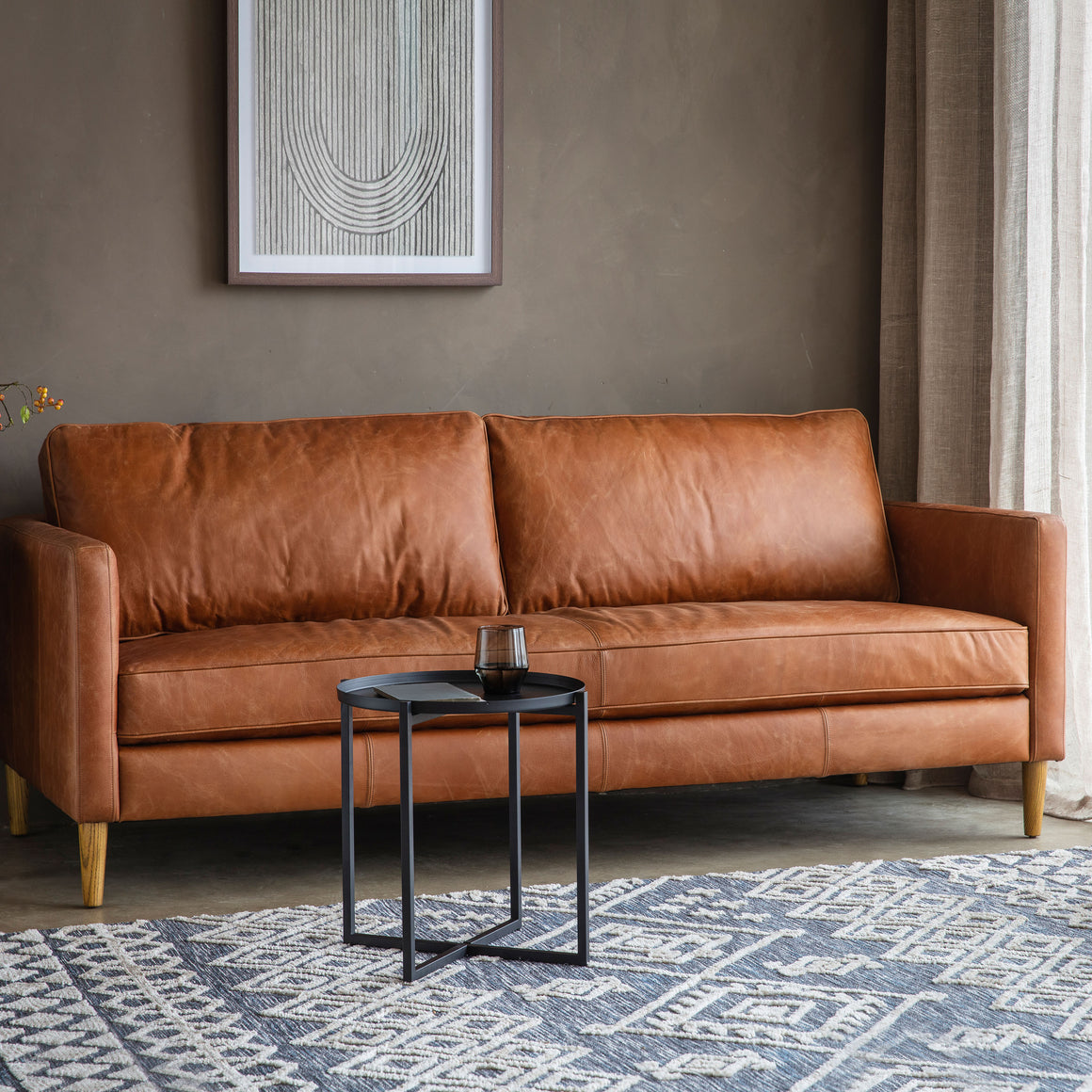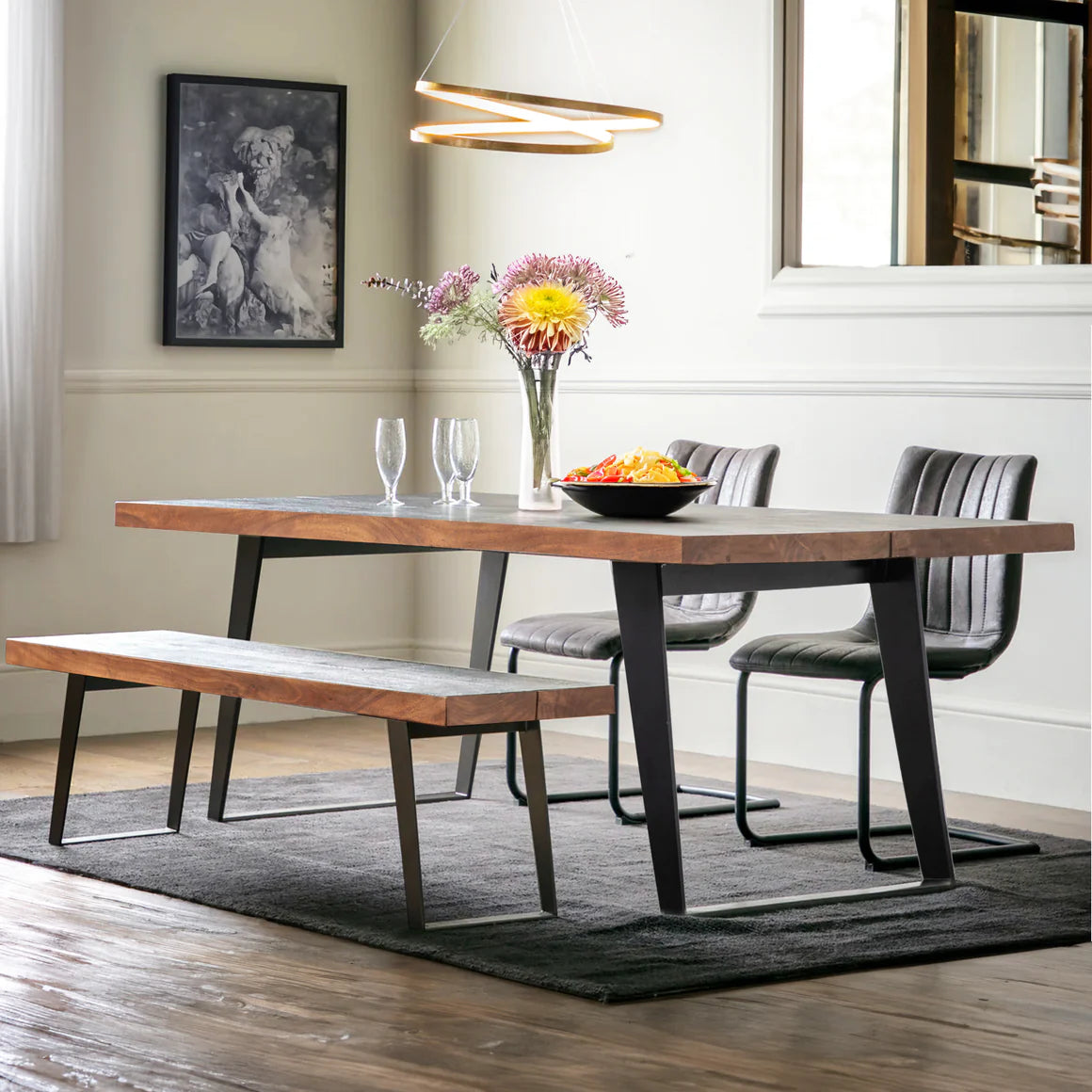
We are constantly hearing the term “sustainably sourced” or “sustainably produced”, but what does it actually mean and how can we ensure that the rustic furniture we put in our homes meet the sustainable criteria?
Anything that is described as “sustainable” is basically eco-friendly, for example, it has been sourced and produced in an environmentally friendly way. This will mean that the seller or the producer will have minimised any environmental impact before selling to the end-user. When items are described as sustainable you know that the way the item has been produced, the raw materials used and transportation have all been done in as friendly a way to the environment as possible. Rattan is a prime example of a sustainable raw material – it is a vine tree that grows fast, much faster than wood, it needs very little processing and at the end of its life, it is biodegradable. Other materials include reclaimed wood furniture and mango wood furniture. Let’s find out more….
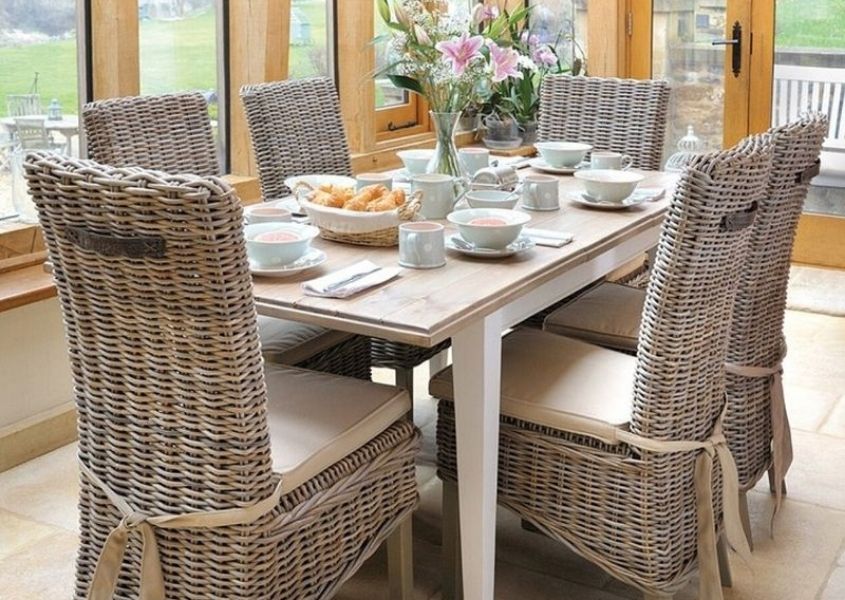
Reclaimed wood furniture
We all know what reclaimed furniture is these days – the wood used to produce a reclaimed wood dining table, for instance, will have been salvaged and skillfully repurposed after already “living” one life as part of a building, boat or as a railway sleeper. This solid and strong old wood is full of character so it goes on to become a beautiful piece of furniture. If you are looking to invest in a new rustic dining table, choose considerately and opt for a reclaimed wood one.
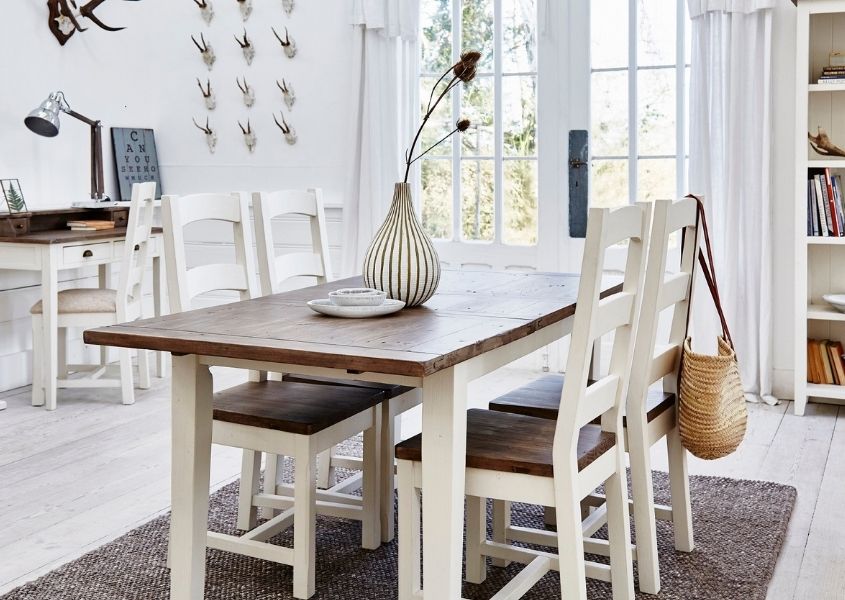
Mango wood furniture
Mango wood is the perfect wood from which to produce sustainable furniture. Mango wood is actually a by-product of mango farms, mango trees grow very quickly and once they grow too tall or too old to produce a full harvest they are felled and a new tree planted in its place – it’s at this point the wood can be sold to furniture manufacturers for a new life. Although it grows quickly, mango wood is a hardwood which means it can go on to be crafted into long-lasting quality furniture.
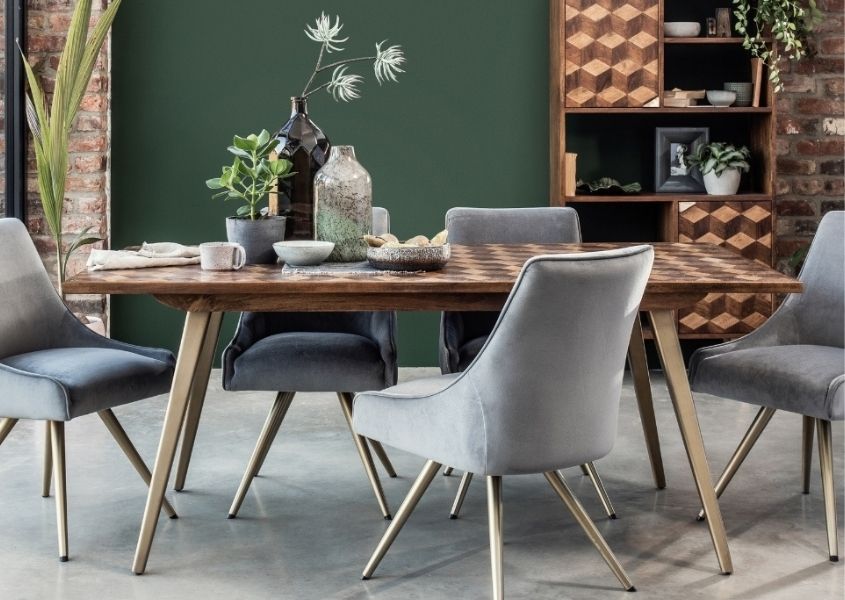
Investment pieces
A sofa is a prime example of a piece of furniture you invest in. You should only really need to buy a sofa every 5 to 10 years, the average age a sofa starts to sag and lose its comfort is considered to be around seven years. When it comes to buying a sofa, be it a fabric sofa or leather couch quality matters, buying a poor quality sofa will be a false economy, not to mention worse for the environment. To ensure it blends in with new decor schemes over time, pick a classic shape and refresh it with modern throws and cushions. A good sofa can also be re-covered or re-upholstered if it does need a revamp after time.
Reuse furniture
We are trying to stop furniture from being used for a short while and then being disposed of in landfill sites. If you are having a change around and reorganising your home then try to reuse furniture items in other parts of your home, garden shed or garage. An old wooden dining table can be used as a desk in a home office, old shelving can be used for storage in the garage, a wooden sideboard you once used in the living room can be moved to the dining room, a hallway or even a bedroom. If you really can’t use it then try to sell it or give it away – all these options are better than simply disposing of old furniture.
